Practical requirements
What is the reason that Hanoi orients agricultural development towards ecology, sir?
Based on Resolution 15 of the Politburo on the development of the Capital, Resolution of the 13th Congress of the Communist Party of Vietnam on the development of ecological agriculture and from the requirements of practice, the Hanoi Department of Agriculture and Environment, in the process of participating in the construction of the Capital Law, has contributed Article 32 on the development of agriculture in an ecological direction, preserving and promoting historical and cultural values. Currently, the Department is coordinating with communes and wards to review and advise the City People's Committee to issue a list of concentrated agricultural production areas. Only when this list is issued will there be space for sustainable agricultural development.
Hanoi has a lot of historical and cultural values in agriculture, from the inner city to the suburbs such as West Lake lotus, Tu Lien kumquat, Nhat Tan peach, Xuan Dinh sapodilla, Canh orange, Dien grapefruit, specialized areas for growing vegetables, rice, fruit trees, livestock... Associated with those lands, local authorities need to determine agricultural development plans in accordance with the planning, especially for specialty crops.
Developing concentrated agricultural production areas has many connotations. The first is to create space for urban agricultural development. It could be agricultural parks. It could be developing agriculture on rooftops. Vice President of the National Assembly Le Minh Hoan recently proposed an idea for Hanoi to develop agriculture on rooftops and balconies. Instead of making corrugated iron roofs, rooftops should be waterproofed to turn into gardens, and then kitchen waste should be treated to become organic fertilizer, creating more green space for the city.
Looking at the world, this is also a common trend. For example, in 5-star hotels in Paris, France, there are penthouse rooms that cost tens of thousands of euros per night because guests can see the space from above. In addition to the architecture, there are also rooftop gardens growing ornamental plants or spices to serve as desserts. There cannot be a city without green space.

Mr. Ta Van Tuong, Deputy Director of Hanoi Department of Agriculture and Environment. Photo: Trung Hieu.
Can you explain how the Capital Law allows Hanoi to create advantages to develop green agriculture?
The Capital Law has plans to preserve and promote the historical and cultural values of agriculture and rural areas. When developing concentrated agricultural production areas, the main products and specialties of the locality will be updated. The commune level will propose a general development plan, providing guidance for these concentrated agricultural production areas to attract investment, and enterprises and cooperatives will base on it to build detailed plans to be suitable and bring maximum efficiency. When people have production needs, they must join cooperatives or cooperate with enterprises, not produce on their own in a small-scale manner.
Certainly, from the beginning, concentrated agricultural production areas may not be perfect, but they must aim for the highest value in terms of landscape, environment, economy, and experiential tourism. This is a major strategy of Hanoi, and each implementation phase must be suitable to practical requirements. The production method is new, but it must inherit existing experiences and standards such as VietGAP, organic, biotechnology, circular agriculture, etc.
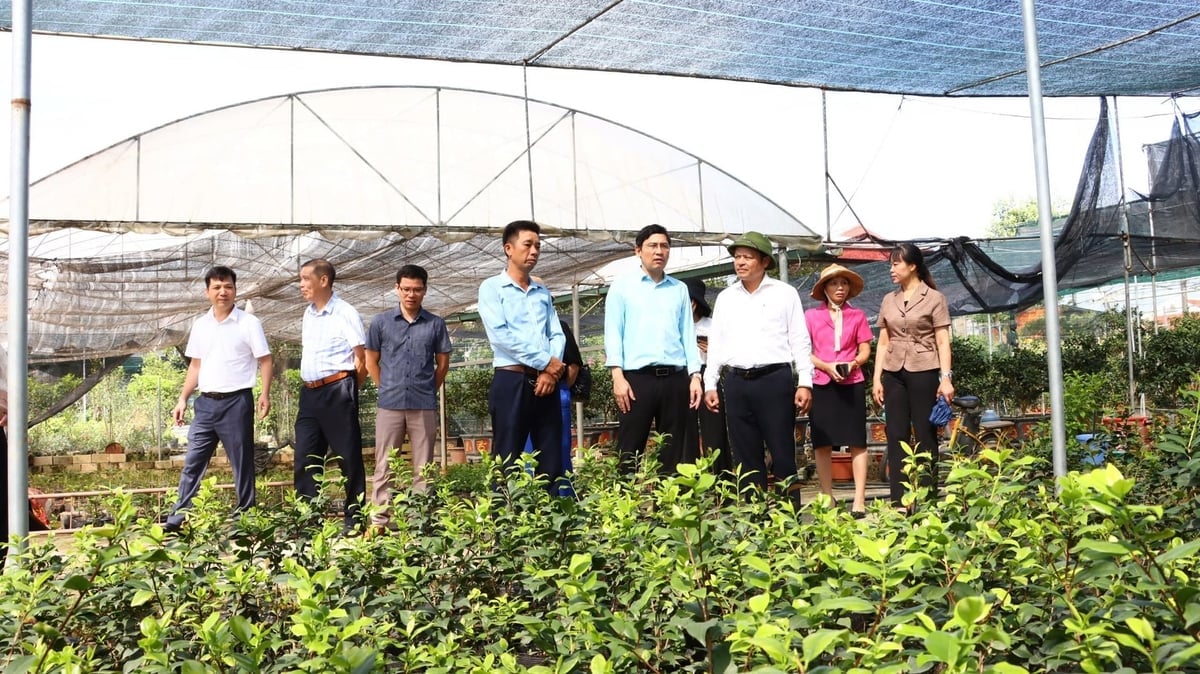
Leaders of Hanoi Department of Agriculture and Environment visit the nursery. Photo: Provided by the character.
There was a time when farms sprung up as a manifestation of a concentrated, commodity agriculture. However, not only in Hanoi but also in many other provinces, there is a situation where farm owners do not dare to invest in developing production because the commune does not dare to sign a land lease contract. In your opinion, how should we solve this problem?
In concentrated agricultural production areas, there are many types of land such as land allocated to households for a period of 50 years, 5% public land... Regardless of any type of land when planned to be located in a concentrated agricultural production area, it will have long-term use. If previously public land was bid and contracted to farm owners, then in the future it can be legally completed for production according to the agricultural production organization plan in the concentrated agricultural production area.
Go from small to large
According to you, why is Hanoi's agricultural tourism still fragmented and small-scale?
Agricultural tourism is currently stuck because of the unprofessional mindset of the owners. To become professional right away, there must be outside investors, but in my opinion, a sustainable approach must still come from the local people. Initially, they may only be small-scale, but later, when they develop into businesses, they can combine with large businesses to develop professionally.
Looking at the world, most large agricultural corporations started out as small family businesses. For example, a company with many pig apartments raising more than 70 million pigs/year in China, started out as a household raising 22 sows. How can we guide and promote the thinking of small-scale producers so that they have the aspiration and direction to develop into a large business in the future with many generations of children and grandchildren to follow?
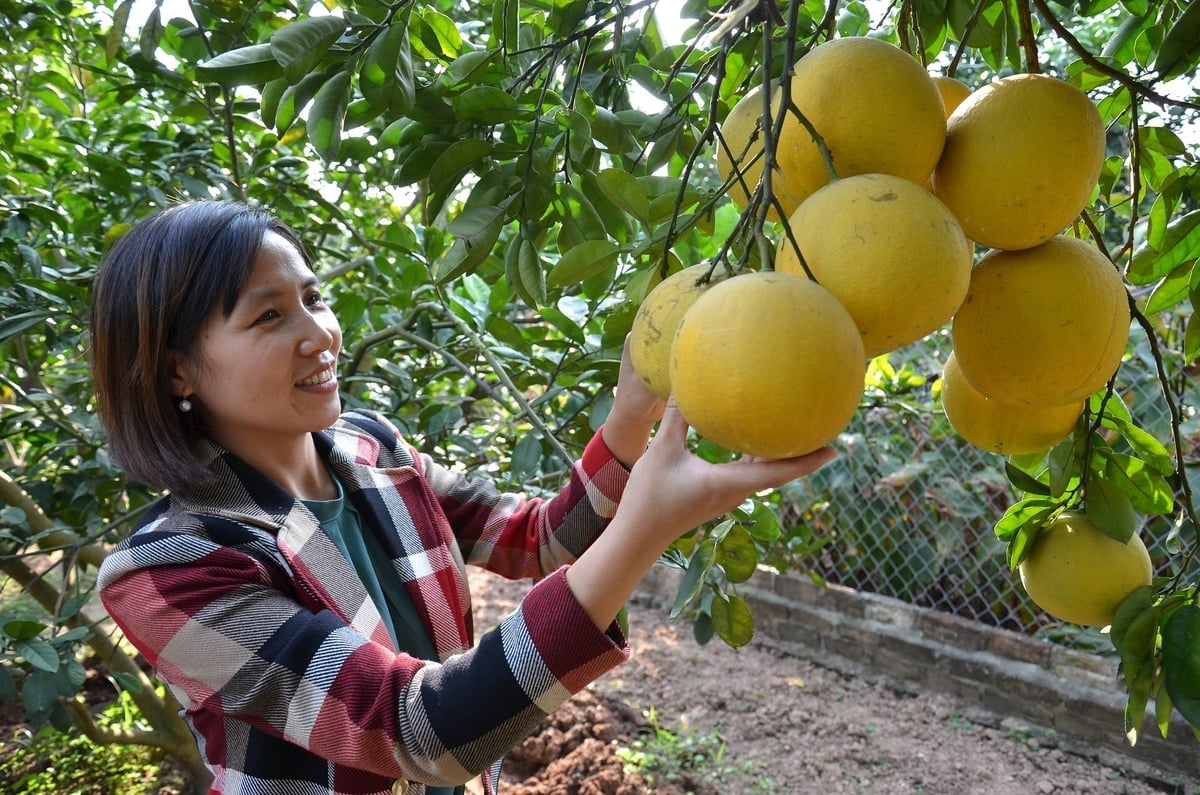
Dien grapefruit in the suburbs of Hanoi. Photo: Duong Dinh Tuong.
If I say that agriculture is risky, I do not necessarily agree. Why do many businesses in other fields shift their investment to agriculture? Because it is an attractive industry when it produces what we eat every day and the demand is increasing day by day, both in terms of quality and differentiation for users, according to each market segment.
Agriculture is only risky when it is finished and then sold to traders. Agricultural production must follow a chain, with deep processing to avoid falling into the situation of "fresh in the morning, wilted in the afternoon". Sometimes post-harvest technology helps improve product quality, such as Meatdeli meat. Up to now, the demand of Vietnamese people has mainly been hot meat, thinking that it is fresh and good. However, that is not necessarily the case because freshly slaughtered meat in a hot and humid tropical environment like ours, bacteria grow and multiply continuously, so how can it be fresh?
Fresh meat must follow the cool chain, the cold chain. After slaughter, the hot meat must be cooled and then cooled to cause a chemical reaction, short circuit, and acidification to become delicious and safe meat. If consumer habits do not change, it will be difficult for producers of good products to develop.
Thank you!
Article 32 of the Law on the Capital on agricultural and rural development:
Developing the capital's agriculture towards ecological and sustainable agriculture; focusing on the interaction between environmental, economic and social factors to preserve and promote cultural and historical values in agriculture and rural areas; preventing and combating natural disasters, protecting the environment and ecosystems, creating quality products, food safety, and high economic efficiency.
Sustainable development of concentrated agricultural production areas, in which land is used for multiple purposes, agricultural land is arranged for construction of works directly serving agricultural production, processing, preservation, display, product introduction, experiential education, eco-tourism. The City People's Council regulates the scope, objects, content, and support levels higher than the prescribed levels or not yet prescribed in documents of superior state agencies.
Source: https://nongnghiepmoitruong.vn/khong-the-co-do-thi-ma-vang-bong-khong-gian-xanh-d781421.html





![[Photo] Close-up of heavy damage at the school located on the banks of the Ban Thach River](/_next/image?url=https%3A%2F%2Fvphoto.vietnam.vn%2Fthumb%2F1200x675%2Fvietnam%2Fresource%2FIMAGE%2F2025%2F11%2F26%2F1764152130492_ndo_bl_img-8188-8805-jpg.webp&w=3840&q=75)

![[Photo] VinUni students' emotions are sublimated with "Homeland in the Heart: The Concert Film"](/_next/image?url=https%3A%2F%2Fvphoto.vietnam.vn%2Fthumb%2F1200x675%2Fvietnam%2Fresource%2FIMAGE%2F2025%2F11%2F26%2F1764174931822_10-3878-jpg.webp&w=3840&q=75)


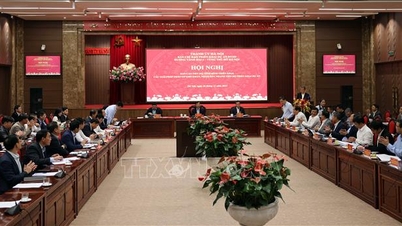

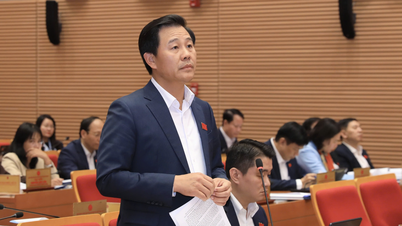

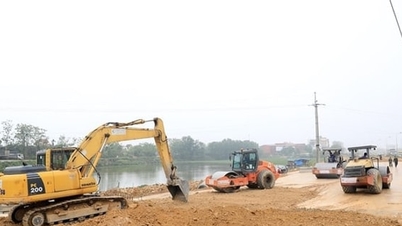

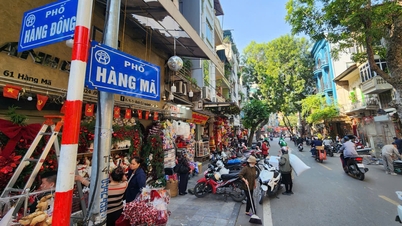
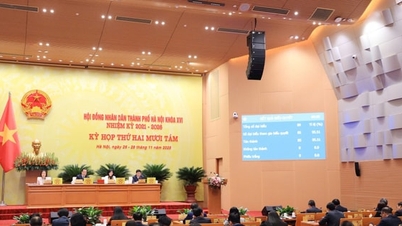

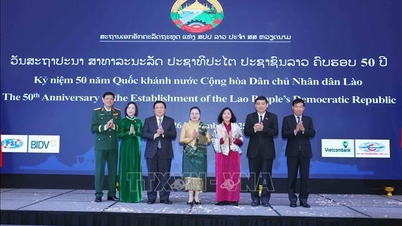

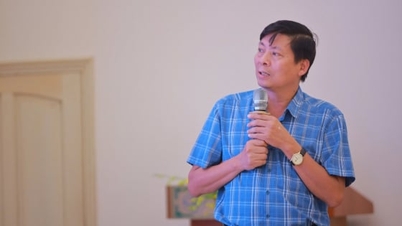






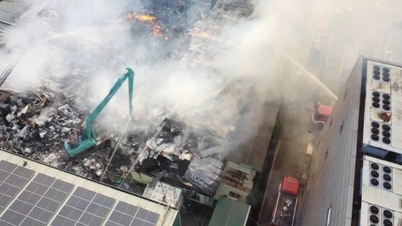



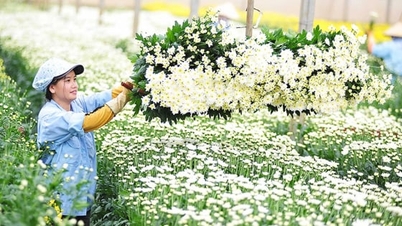






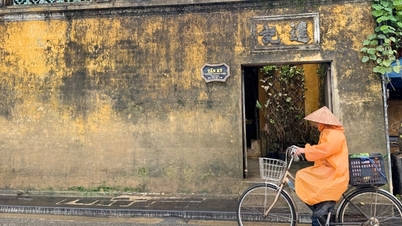


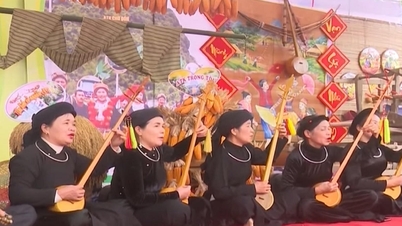







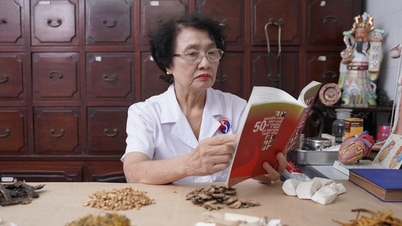



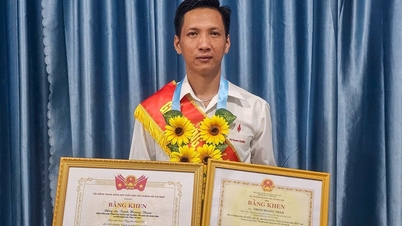





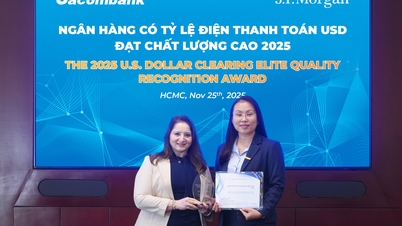

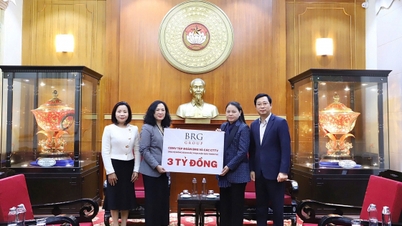







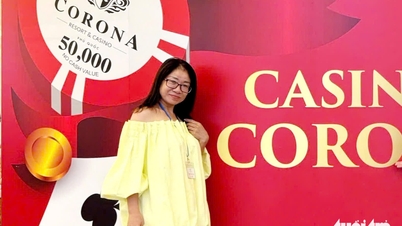


![[Photo] Opening of the 28th Session of the Hanoi People's Council](https://vphoto.vietnam.vn/thumb/402x226/vietnam/resource/IMAGE/2025/11/26/1764155991133_image.jpeg)











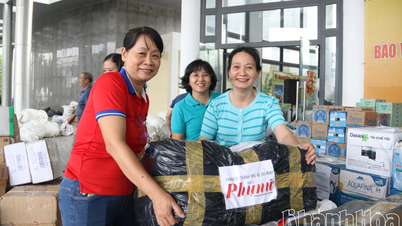



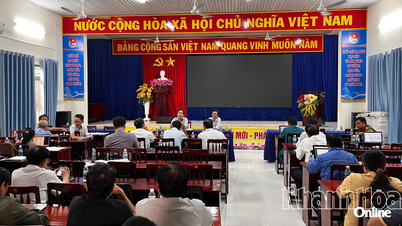
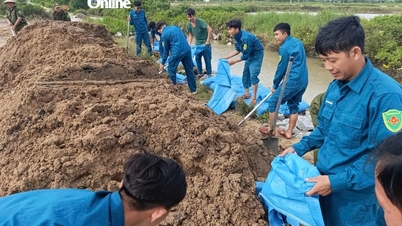













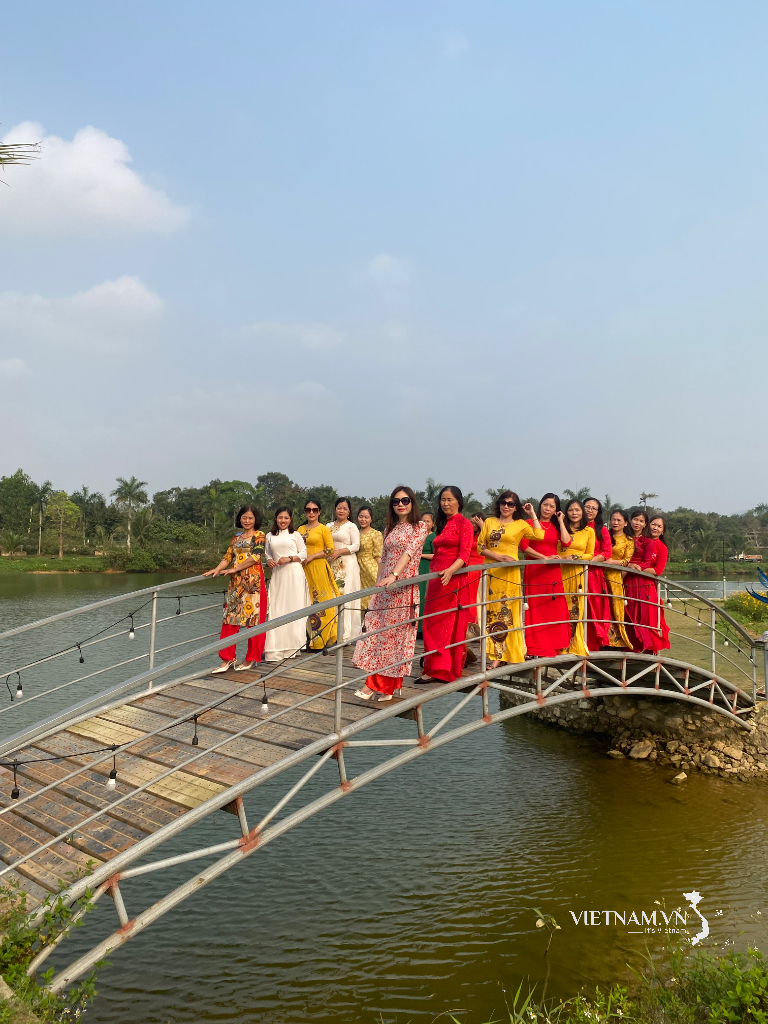
Comment (0)